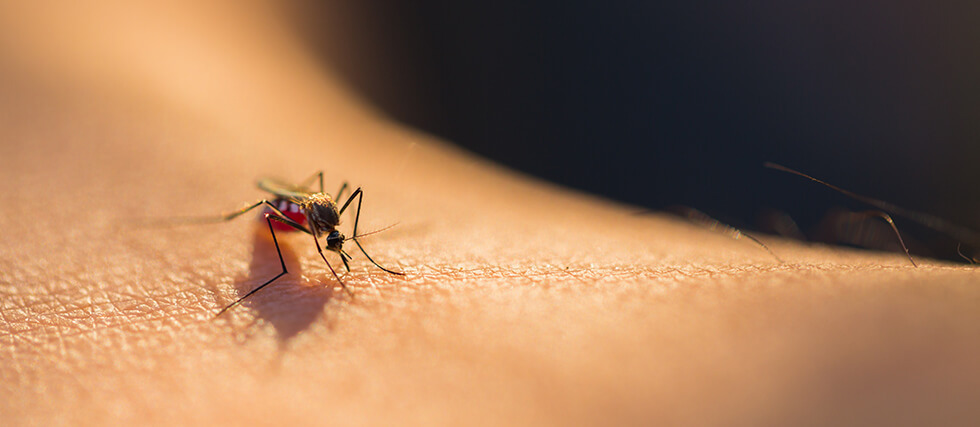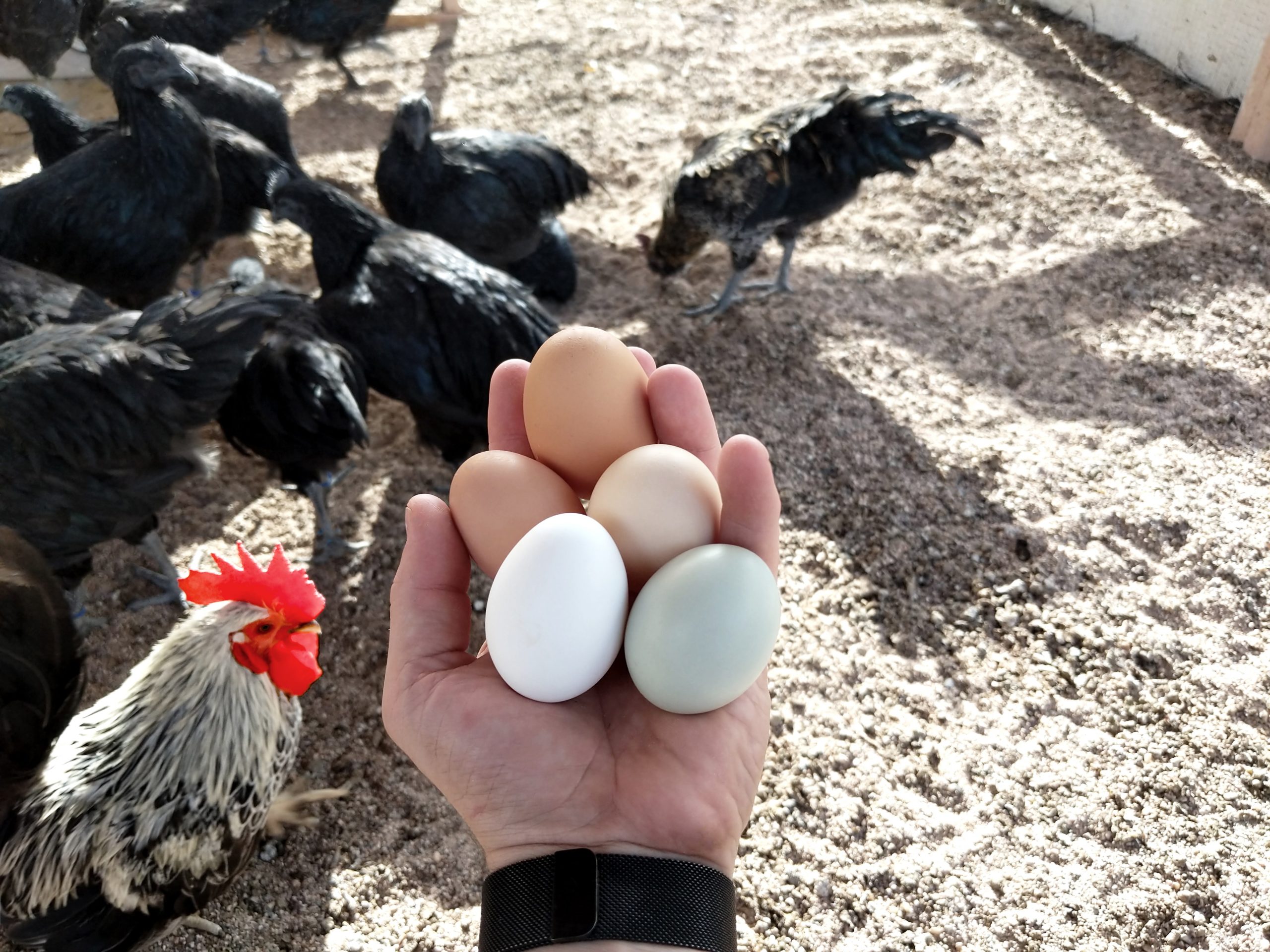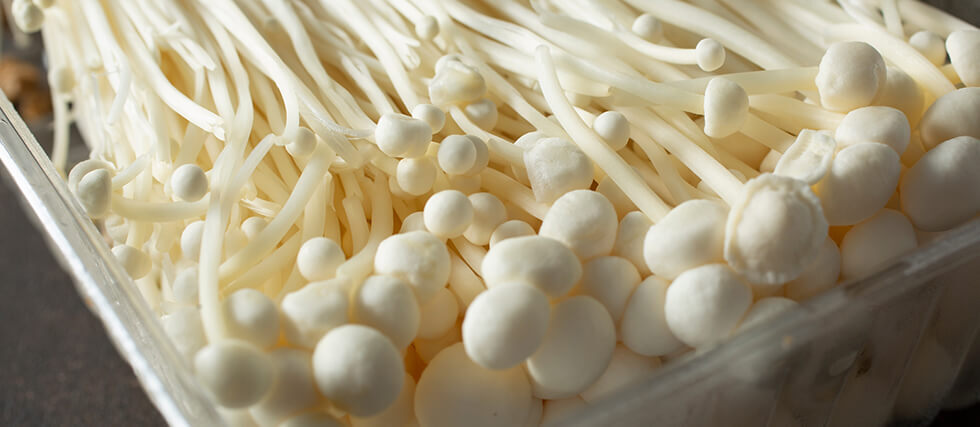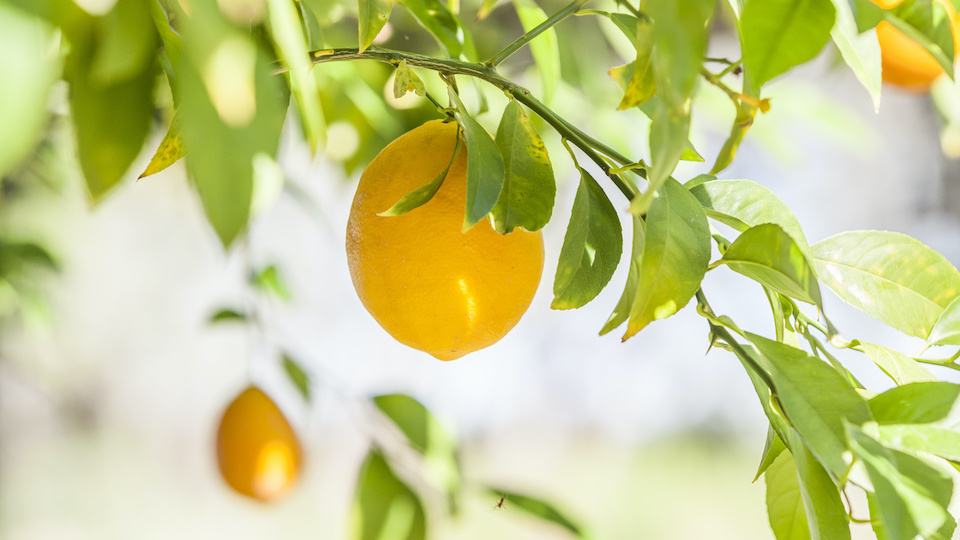Just 11 Minutes a Day: The Simple Habit That Could Add Years to Your Life
What if you could boost your health—and even extend your life—by doing something as simple as walking? No gym membership, no fancy equipment, just you and the pavement (or your favorite park trail). According to a massive study published in the British Journal of Sports Medicine, walking briskly for just 11 minutes a day could lower your risk of early death by 23%.
That’s right—11 minutes.
Researchers analyzed data from over 30 million people and found that even modest amounts of moderate exercise, such as walking, delivered significant health benefits. Just 75 minutes a week cut the risk of heart disease by 17% and cancer by 7%.
Why is walking such a game-changer? For starters, anyone can do it. There’s no learning curve, no intimidating gym machines—just step outside and start moving. Plus, walking isn’t just cardio; it’s also weight-bearing, which supports bone health and mobility as you age.
Beyond the physical perks, a daily walk can lift your mood, clear your mind, and even help fend off conditions like diabetes. And while 11 minutes is enough to make a difference, more is always better. Think of it as a minimum, not a limit.
Looking to add more steps to your day? Skip the car for short trips, take walking meetings, or simply unwind with a stroll after dinner. No need for perfection—just consistency.
So, lace up those shoes and start small. A few minutes today could mean more tomorrows. Your heart, bones, and mind will thank you.













